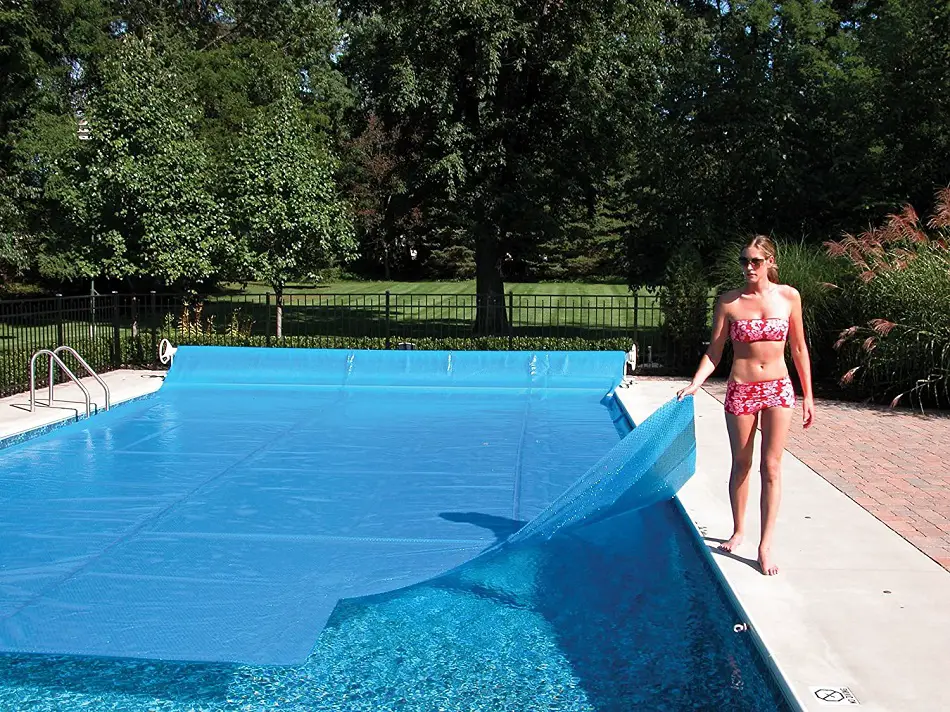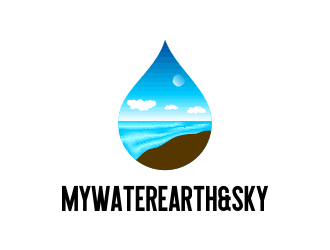Normally pools see a ¼ – ½ inch loss of water per day due to evaporation. This is roughly 2 – 4 inches per week. For a normal-sized underground pool, you will lose 25,000 to 50,000 gallons of water per year due to evaporation in a Swimming Pool. The Water bill can become a higher cost than electricity and Chemicals. You can’t stop Mother Nature but you may be able to slow it down some. How You Can Slow Pool Evaporation?
Slow Down Pool H2O Evaporation By:
Minimize the time H2O is exposed to sun-air & wind by turning off H2O features like waterfalls
Keep Pool heater set at Cooler Temperatures
Use a Pool Cover-Foam, Bubble
Use Solar Rings
Leave floats in the pool during the day
Keep outlet jets angled down
Add tree & bush shade
The Places where Evaporation from Swimming Pools is the worst is most likely the place where they need a Swimming Pool the most like Arizona or Florida. Where water is fast becoming a valuable commodity and not to be wasted or unaccounted for.
Is My Pool Leaking or Evaporating
With the average cost for water usage at an all-time high, I know in the Philadelphia area 1s around $110.00 per/month for an average family of 4 it just makes owning a bunch of it in your backyard even harder to maintain. Water usage is the biggest cost of operating an underground pool every year.
If the backyard has no shade over it then evaporation could become an issue because the more sun and less humidity the more time, the more water usage. More Money!
It doesn’t take long for a leak in your Pool to get down to a level where it comes from in a full swimming pool. If you are losing pool water there are a couple of approaches for you to take. Before you go on to the next step that would be to locate where it’s coming from. If you are losing water and it’s not a leak then it’s Evaporation. So start here:
- Do a Bucket Test on the pool- By marking the inside and outside of a bucket in your pool and waiting overnight it will give you the information you need to determine if there is a leak somewhere and how bad it is. Turn off the Filter. Watch the video. The next day
- Check the Marks compared to the Level of the Pool
- If the Water level is lower than the Mark on the outside of the Bucket but on the Inside of the Bucket-It’s a Leak
- If the Water Level is Lower than the Mark on the Outside & Inside of the Bucket it’s Evaporation in the Pool area.
Do I need to Remove Phosphates From my Swimming Pool Water?
No, It is unlikely that you will be able to remove all phosphate entering your pool:
- Keep pool chemically balanced
- Properly sanitized
- Occasionally add algaecide & fresh H2O
- Daily skimming
- Scrubbing pool walls & floors
- Using a flocculant
- Then vacuuming
- This practice will keep phosphate levels at bay at no cost ………………………………………………………………………………………….. Read more
What Causes Water to Evaporate
Evaporation is just an average scientific process that happens every average day. Nothing special, but Evaporation is happening at your Pool. This is costing you lots of money over time and some of it if not most of it can be prevented. It is caused by:
- Wind & Air Humidity
- Sun-Temperature
Waterfalls and jets increase the amount of water exposed to the sun and air. As a result, they are also more prone to evaporation. Laminar jets or cascading waterfalls have the greatest chances of higher evaporation.
Lower Your Water Temperature-Warmer molecules will evaporate faster so keep the water cooler if the pool has a heater
Use a Pool Cover- There have been serious research studies on this subject at places where water availability and scarcity are a problem. During places with drought restrictions, it could mean the difference between opening your pool this season or not. What research has found is Pool Covers can save on large amounts of water escaping into the atmosphere by using a simple Cover.
The three highest-performing covers fell within 1 percentage point of each other:
- Foam Covers showed a 95.9 percent efficiency; Bubble Covers made from UV inhibitors and thick plastic at 94.9 percent;
- The solid track covers 93.9 percent. In the mid-range were solar disks, at 50.1 percent.
- The liquid evaporation suppressants rated lowest, between 14.4 and 15.8 percent.
Pool covers can minimize evaporation up to 95% from both outdoor and indoor pools. Covering the pool when it is not in use, is the most effective means of also reducing pool heating costs. Savings of 50%–70% are possible. I used the roller and the Pool Blanket on my pool and they lasted 5 or 6 years. They were easy to put on a large size pool but it still took 2 men to do it.
The cost of these Bubble Covers or better known as Pool Blankets is fairly low blue. A Wave NS530 14-mil Solar Blanket for Rectangular In-Ground Pools, 20-ft x 40-ft, Clear I recommend using a Cover or Pool Blanket in conjunction with the roller like the Auto Reel System FG-AR/L20M (2 Cartons) Pool Reel System, 20′ x 40′
I didn’t forget you Guys with the Leak!
If there is a Leak!
What is the Best Swimming Pool Return Jets Position?
At the Deepest End of the pool
turn the Return Jets (eyeballs) located on the pool walls angled down toward the bottom of the pool at a 45° angle
In the Shallow End of the pool
turn the Return Jets clockwise to about 8 o’clock at a 45° angle so the return water to the pool is mixing in a circular motion. .………………………………………………………………….. Read more
Isolate the Leak in the Swimming Pool
- Isolate Discharge Lines-Use an Expansion Plug that will be 1 to 11/2 inches in size and close both Discharge lines
- Do the Bucket Test again for 24 or more hrs.
- Move on to the Skimmer lines and Plug them off
- Do the Bucket Test
- Once you nail the location-you will be able to address the issue.
According to The National Pool Industry Research Center Evaporation is a major factor in water loss and, conversely, water savings, the authors of the study report said. This especially holds true in warm-weather states such as California, where pools and natural bodies of water have been estimated to lose 50 to 80 inches a year to evaporation. The researchers estimated how much water could be saved among the state’s 1.18 million residential pools, which have an average of 430 square feet:
“If evaporation per pool were averaged out to 60 inches per year, then a 50-percent reduction in evaporation could save almost 9.5 billion gallons of water, they contend. Assuming average daily consumption rate of 100 gallons per person, the saved water would be sufficient to supply a city of over 250,000 people for an entire year,” they said
Use Water Wisley and save every Drop because it does matter!
Have a Great Summer!
What is the Best Way to add Chlorine to your Pool chlorine Tablets or Granules?
Chlorine Granules
Granular contains more inert Ingredients
You can adjust the amount according to Chl residual
Bump the Chl residual to create a shock effect
Save the cost of Shock Chlorine
Tablets
Easy use
Won’t interfere with swimmers
Will last longer
Won’t damage the liner or pool paint
Need to Shock more .…………………………………………………………………………………………………………………… Read more
References:
United States Dept. Energy-Swimming Pool Covers
PSN-Evaporation Study Compares Water Savings of Covers


